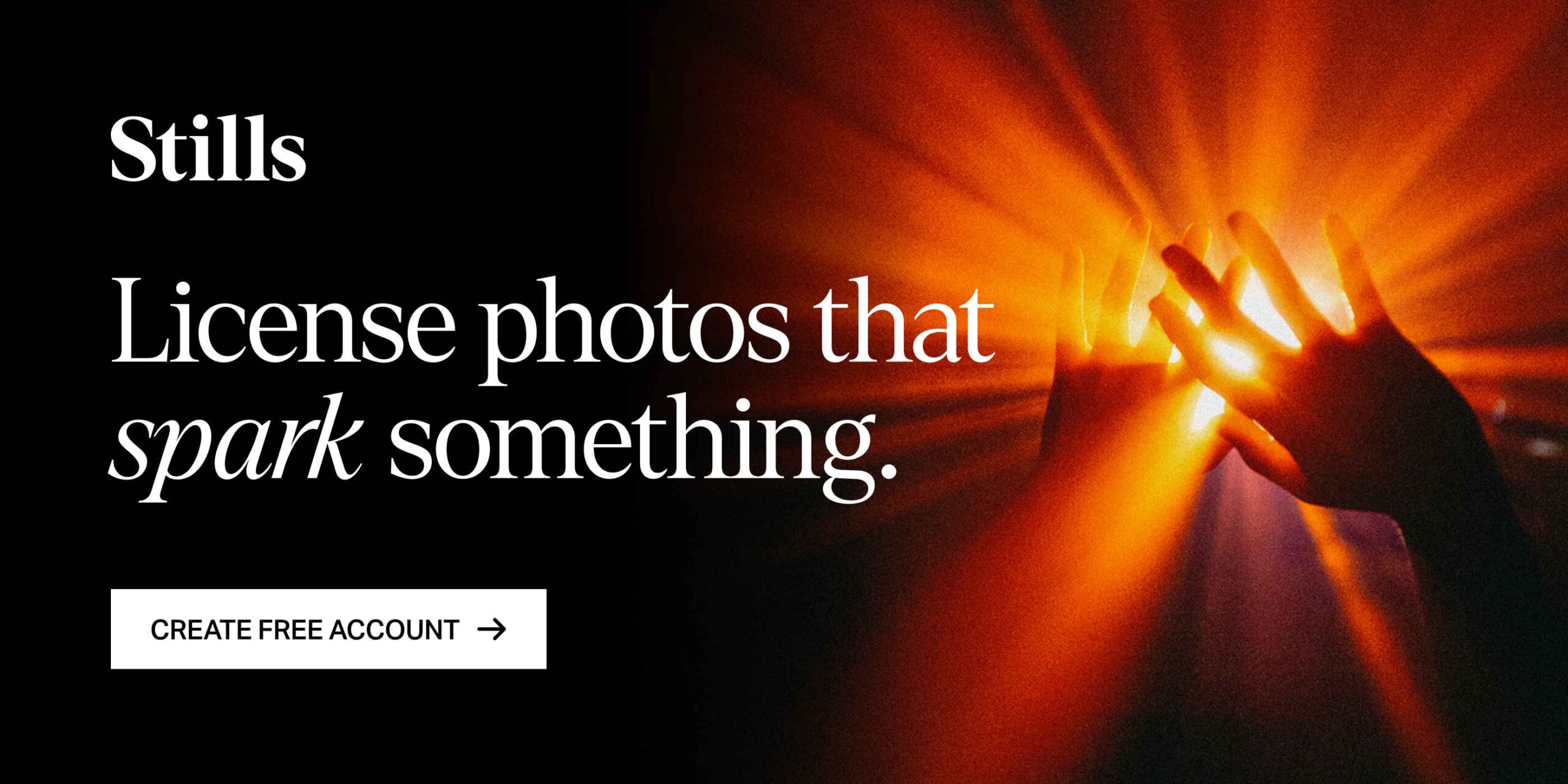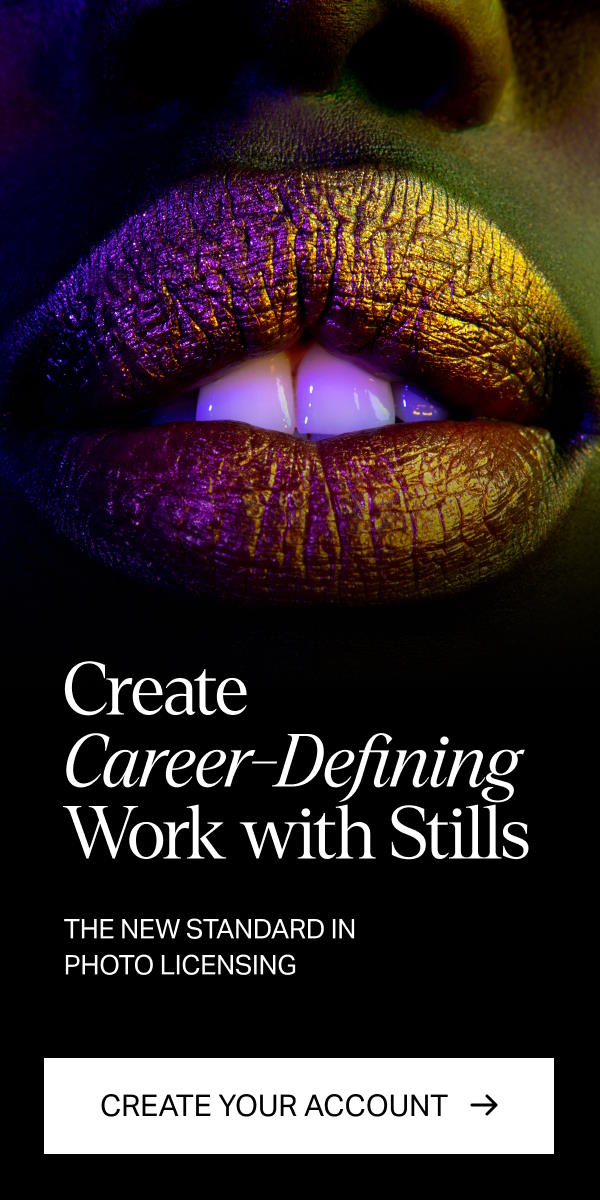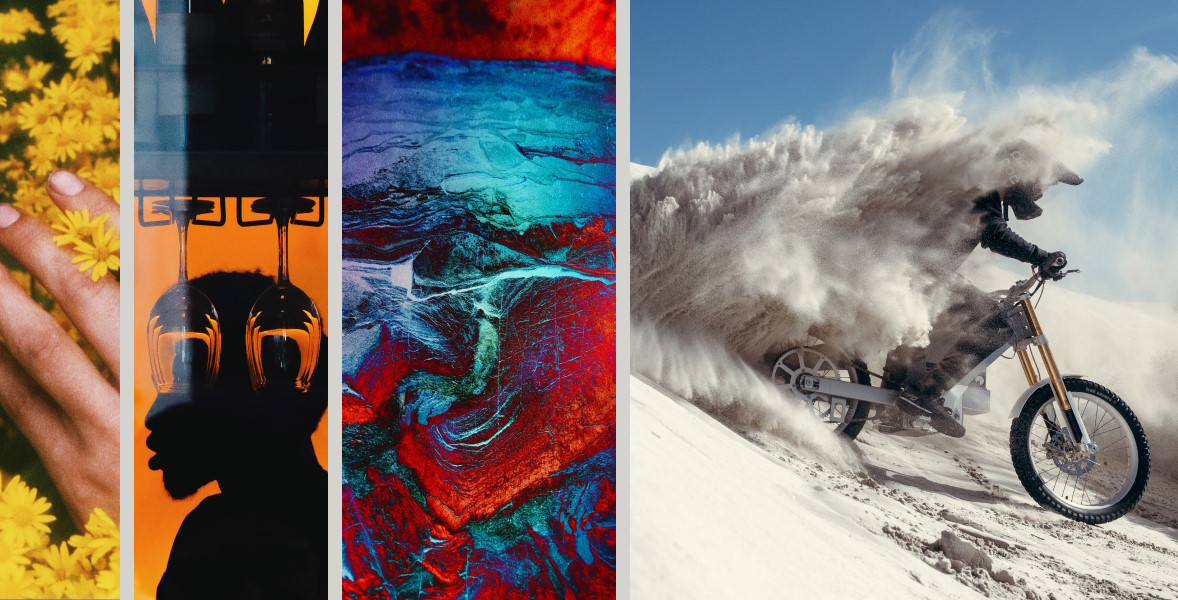In a world increasingly driven by digital experiences, the journey of those who shape it often proves as fascinating as the end product. Rogan Jansen’s story is an excellent example. With a background in art direction and a passion for problem-solving, Rogan has carved a unique path in the digital design industry as the driving force for DashDigital.
In the interview below, Rogan shares insights into his career, the challenges and rewards of running a design studio, and his vision for the future of digital design. Discover how he transformed a side hustle into a thriving business and why he turns to Stills as an invaluable resource for his work.
Stills: What motivated you to pursue a career in the digital space? How did you get started?
Rogan Jansen: My journey into the digital space has been quite an adventure. After studying art direction and graphic design in college, I took a year off to travel. I spent a snow season on the slopes and explored parts of Europe until I ran out of money and had to return home. Back home, I landed a job at a motion studio. Animating wasn’t the career path I envisioned, but it was a start. In my spare time, I freelanced, picking up branding jobs and other projects. After a year at the animation studio, I realized it wasn’t something I wanted to pursue long-term, so I resigned. Fortunately, I kept the animation studio on as a retainer, which gave me a nice foundation. I decided to continue freelancing while figuring out my career path. During this period, I found myself increasingly drawn to web projects. I discovered that I was better and faster at web design, finding more inspiration and drive compared to branding and other areas of design. While I loved branding, UI/UX work came more naturally and aligned with how my brain worked. Gradually, I positioned myself more in the digital space and started getting a lot of work with agencies and businesses. My freelancing soon evolved into opening a design studio called A Collective. Through this small studio, I dived deep into the digital world, collaborating with freelancers and building a portfolio. I loved web design and saw a huge amount of opportunity in this space. It allowed me to be creative and methodical and solve problems, which perfectly fits my personality and inspired me to pursue this career.
What inspired you to start DashDigital?
It’s actually a funny story—before DashDigital, I was running a health tech business called Brave, aimed at bridging the gap between public and private healthcare in South Africa. It was a very purpose-driven business; I was one of three partners. Unfortunately, despite our efforts, Brave struggled to gain traction. Potential partners and investors often passed on the idea but admired our design and tech capabilities, asking if we could create solutions for them instead. So, we decided to launch a small design studio to self-fund Brave. Over time, our design studio expanded, while Brave (rest in peace) sadly became a fading dream. After 18 months, we redirected all our focus and energy to DashDigital. And so DashDigital was born, an opportunity I am still incredibly excited and grateful for.”
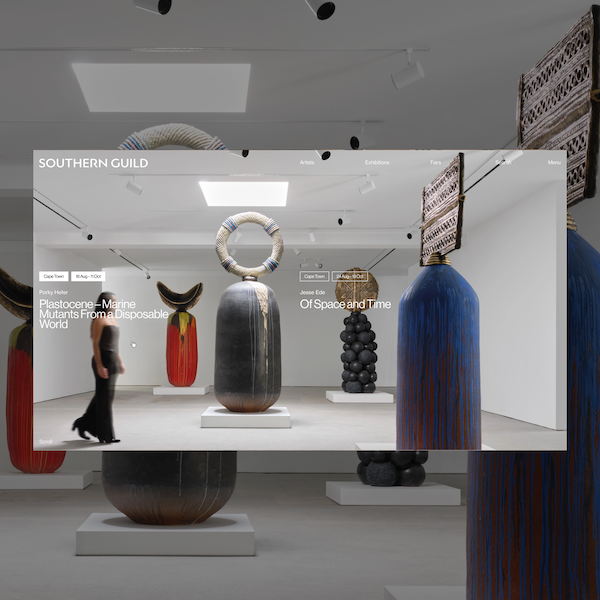
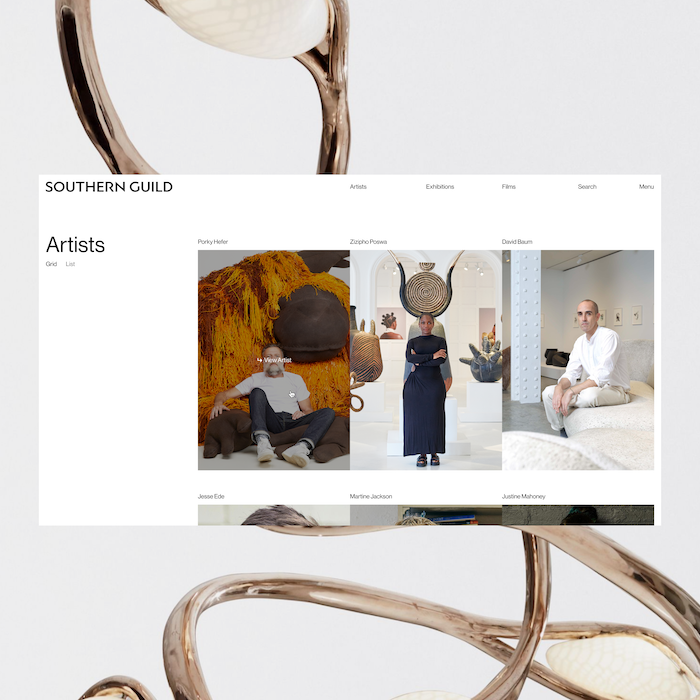
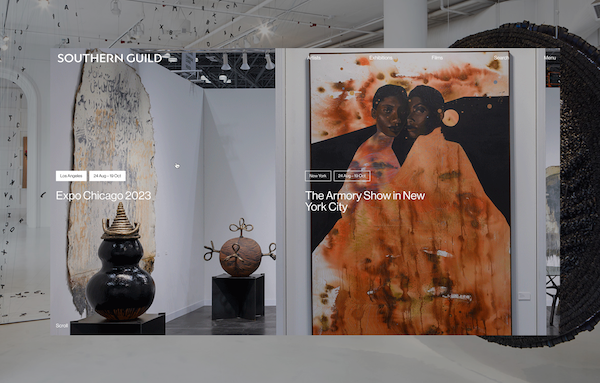
Can you delve into a particularly challenging or rewarding client project?
I was fortunate to work with some big brands early in my career. I remember the Nike project being particularly challenging. We were brought in to animate a launch video for a new shoe they were releasing. I was still very young, eager to showcase my abilities, but also aware that it wasn’t “my” project—I was working with global teams with strict guidelines. The timelines were intense. I was animating alone, thrown into the deep end, working through nights and weekends to keep up with the pace required. I made mistakes along the way, but it was a valuable eye-opener into collaboration, time management, and the importance of rethinking your approach when going down deep rabbit holes. What I took away from that experience was invaluable: the opportunity to work with such a skilled team and see how they operated from the inside. This kind of insight and understanding was especially beneficial early in my journey.
What are the three most significant lessons you’ve learned?
One of the biggest lessons I’ve learned is the importance of responsibility. Whether freelancing, working at an agency, or running a design studio, being responsible and accountable is crucial. It’s about showing up for yourself, your clients, and your team. You can’t let others down because your actions impact everyone around you, just as you wouldn’t want others to let you down. A “we win or lose together” mentality ensures everyone is committed and working towards a common goal. If you don’t do your part, you risk undermining the hard work and dedication of others. This lesson has been especially evident at DashDigital. I am incredibly grateful for my team and how they operate. Their commitment, reliability, and shared sense of responsibility have been fundamental to our success. They embody the “we win or lose together” mentality, and their hard work and dedication inspire me daily. Knowing I can rely on such a talented and driven team makes me even more motivated to do my best and support them in every way possible.
Many people enter the field thinking it’s all about the creative aspects, but managing a studio involves much more. It requires a deep understanding of business fundamentals such as finance, pipeline, client management, market dynamics, and employee relations. Not paying attention to these aspects can endanger the studio’s success, no matter how strong the creative output may be.
It’s essential not to be shy about sharing your work, whether completed projects, works in progress, or conceptual designs. Attracting the clients you want often requires showcasing work in the spaces and styles you aim to work in. Finding time outside client projects and tight deadlines can be difficult, but investing time and effort into projects that align with your desired clientele can pay off in the long run (not always). These types of work or projects with modest budgets initially can lead to attracting similar, higher-budget clients later. It’s about being proactive and willing to take calculated risks to achieve greater returns. Easier said than done, I know, but in the past, such initiatives have brought us work.
Tell us about some key takeaways from the best conversations you’ve had on your podcast, Behind the Design.
Each guest has brought great insights, from internal processes to the future of design and what we need to do as a society to solve real issues. Sitting with David Johnston, the founder of Accept and Proceed, was extremely impactful. His wisdom, thought process, and how he views design as a tool for change are inspiring. He is on another level, and honestly, I felt like a school kid just listening and trying to absorb everything he was saying. It was a lot to digest in one sitting, but his vast industry knowledge is incredible. Another key takeaway has been a common thread among several guests: work ethic, passion, and the continuous pursuit of learning, whether self-initiated or industry-driven. All the guests share a real passion for design and self-improvement. Regardless of how far they are into their careers or what positions they hold, their passion and drive to better themselves remain consistently high.
How do you maintain a healthy work-life balance while running DashDigital?
I try, but it’s complicated. Balance is tricky to get right all the time. There are moments when, unfortunately, the balance can’t be 50/50. Sometimes, work has to take priority, and during those times, it’s crucial to use your time efficiently so it doesn’t consume all of you. As a business owner, you never entirely switch off—there’s always something on your mind, even when you’re not in front of your computer. It’s important to find things that alleviate stress and bring you joy. I enjoy exercise, spending time with family and friends, and being in nature. However, even in those moments, I often think about work. I don’t have the perfect answer. I do my best to switch off when needed, be present in conversations, and be kind to myself. It’s about understanding that you can make more time for yourself next week and keeping a healthy cadence whenever you can.
What advice do you have for aspiring digital designers and entrepreneurs?
It starts with finding your passion and what inspires you—what gets you up in the morning without dreading going to work (work can suck, but it doesn’t have to if you find an area you enjoy). Get experience through studying, self-taught, or working in studios or agencies. Real growth happens in the workplace, especially outside your comfort zone. Ask questions, find a mentor, and be open to criticism and learning. This should continue throughout your career; it shouldn’t stop. Our designers and younger team members teach me daily, which I value. Lastly, get involved in the design community via social media and other platforms. Slide into people’s DMs and ask for feedback and advice. I promise people are kind; if not, move on because others will be. I’m always private messaging creatives I admire or think are killing it. Sometimes, I get ignored, but most of the time, it opens up a conversation.
How do you stay creatively inspired and motivated? Are there any resources that you utilize for creative inspiration?
Creativity comes from multiple places; design is everywhere, not just digital. However, some resources I use daily include Awwwards, multiple inspiration accounts on Instagram, Siteinspire, FWA, Savee, and Muzli. These resources inform me about amazing designs being showcased daily, and it’s hard not to be inspired by what other agencies and studios are doing. Of course, I get a bit jealous, but it motivates us to work harder and push our creativity further. What motivates me and our studio the most is producing work we are proud of—not just from a creative standpoint, but by executing projects that make our clients happy, solving technical problems we encounter along the way, and ultimately delivering a project that ticks all the boxes and pushes us as a team.
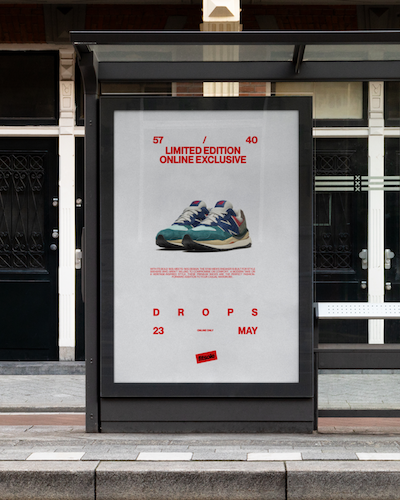
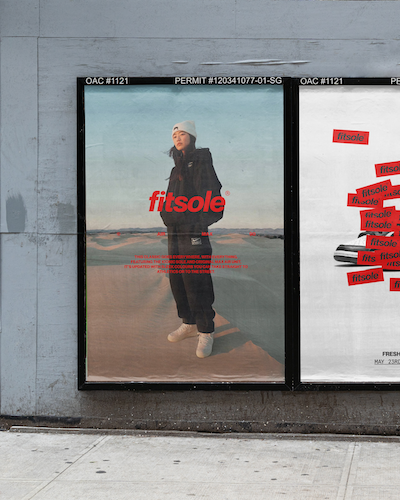
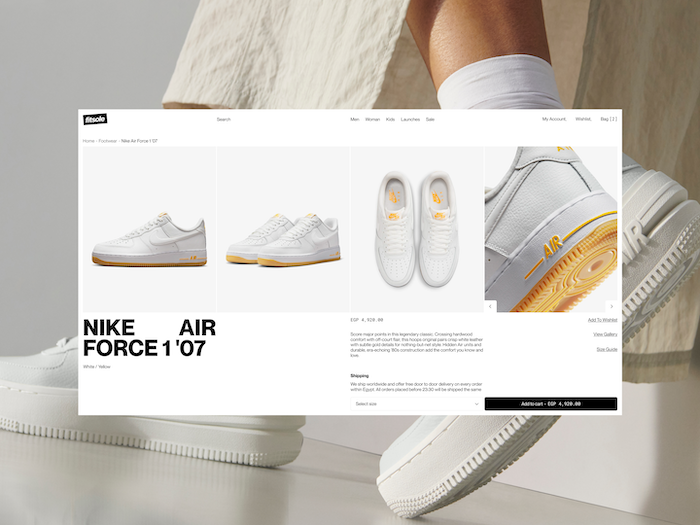
What are some exciting trends in the digital design industry? How do you see the industry evolving in the next five years?
I’ve noticed a recent shift in the e-commerce space that resonates with and excites me. There’s a movement towards integrating more brand identity into e-commerce sites. I sometimes find the e-commerce space dull—everything looks the same, lacking personality, brand presence, and identity. Fortunately, due to the highly competitive nature of the space, more businesses are choosing to differentiate themselves by bringing their brand identity to the forefront. This doesn’t compromise the need for a seamless and intuitive user experience but enhances the shopping experience. At DashDigital, we’ve always valued this approach and have strived to incorporate it into all our ecommerce designs, as seen most recently with Fitsole. I hope this trend continues, focusing not necessarily on immersive online experiences—already prevalent and costly to build—but on more feasible enhancements for general e-commerce businesses.
What do you like about Stills? Why would you recommend it as a resource for designers?
It’s a great place to source incredible images and artworks, both curated and bespoke. It offers a wide range of categories, each as impressive as the next. It’s perfect whether you’re searching for something specific or just browsing with a cup of coffee in your free time. The work is incredible, and from a user experience standpoint, it’s extremely easy to navigate and use.
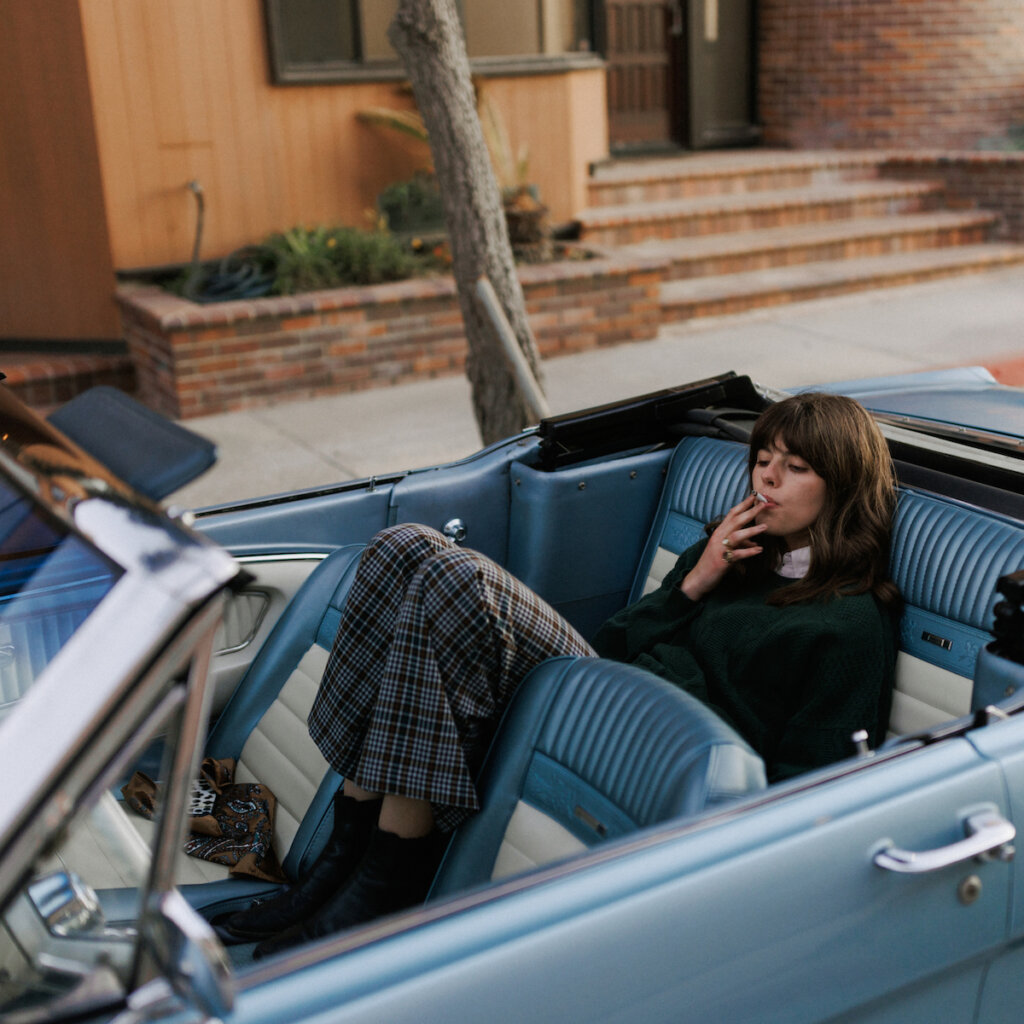
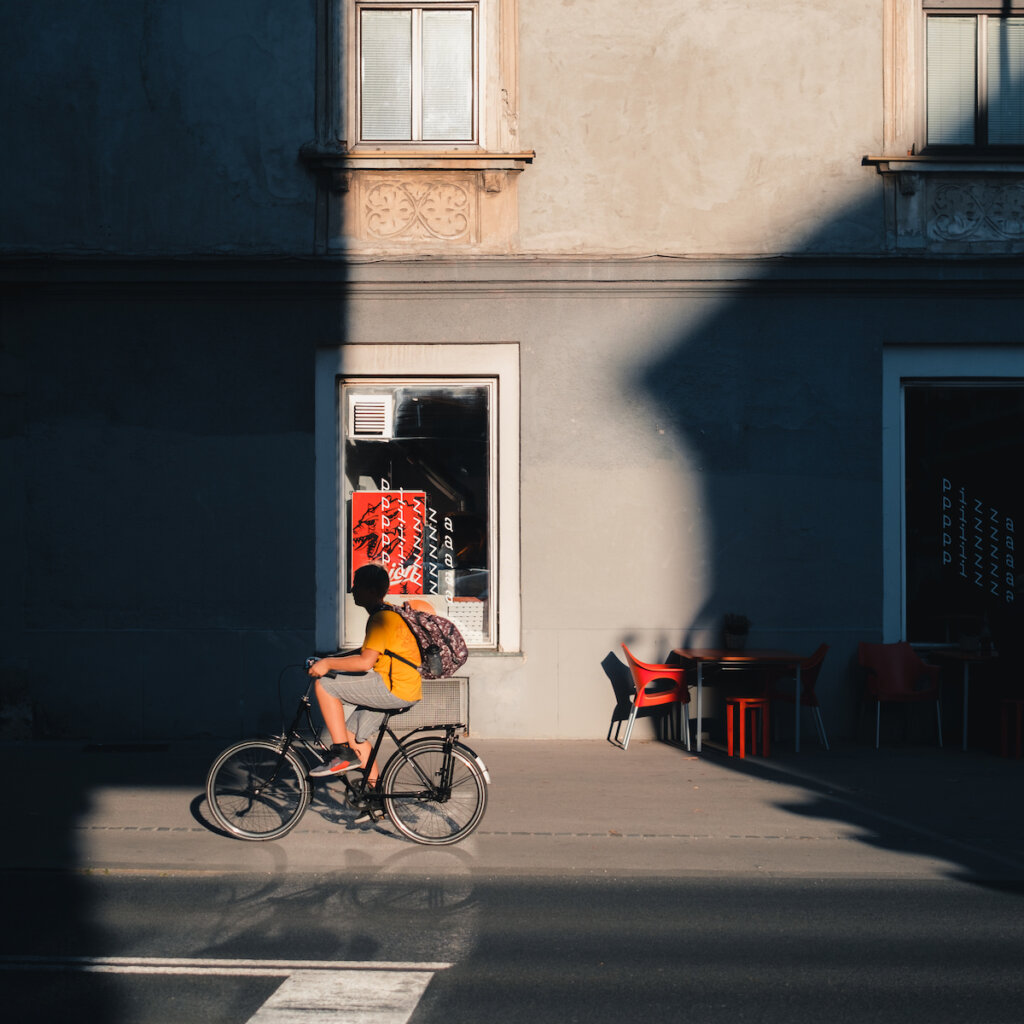
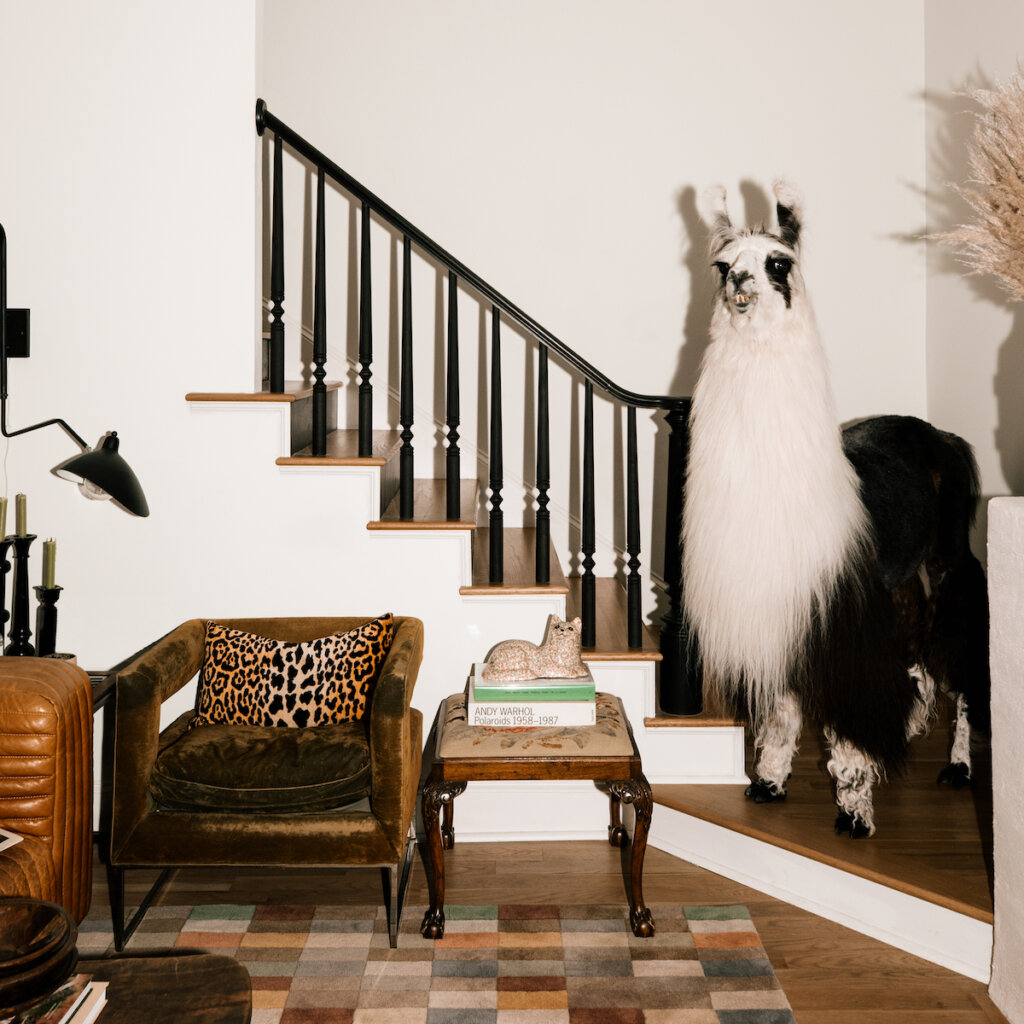
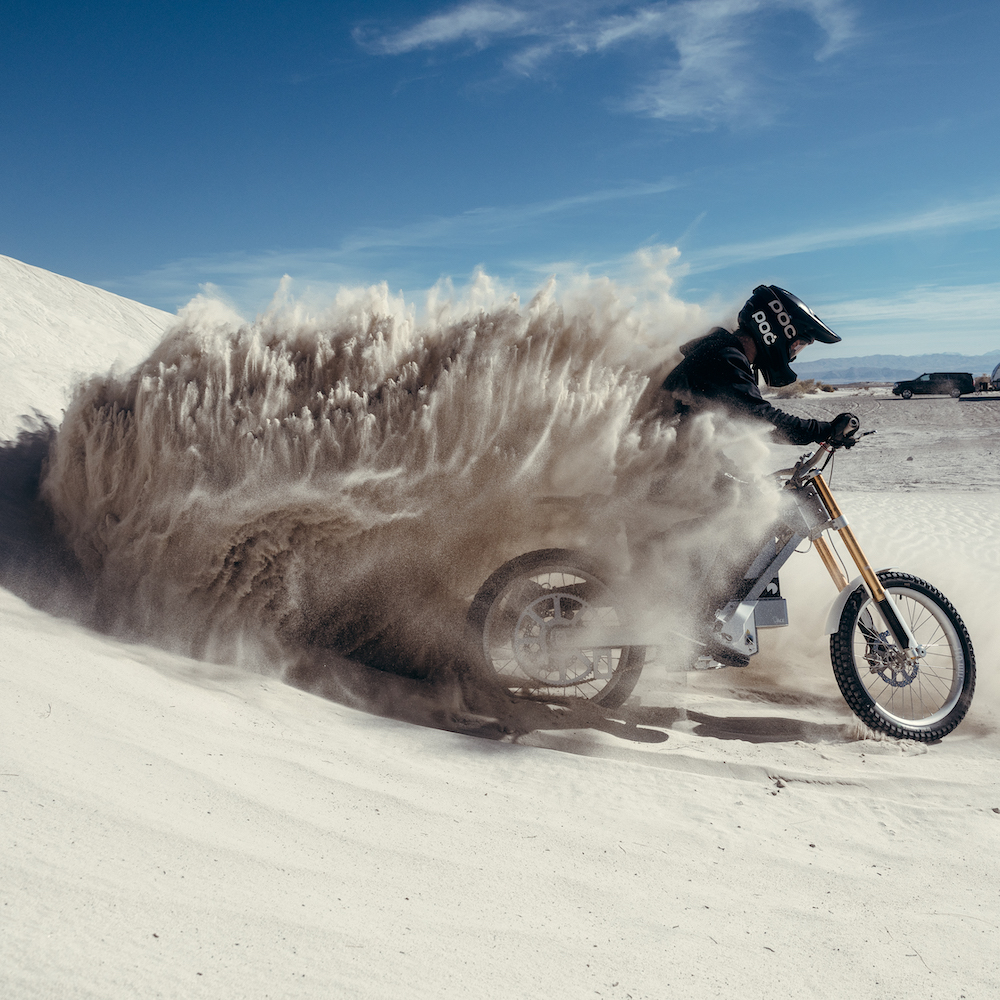
Explore a curated Board of Rogan’s favorite imagery—all available to license on Stills.
